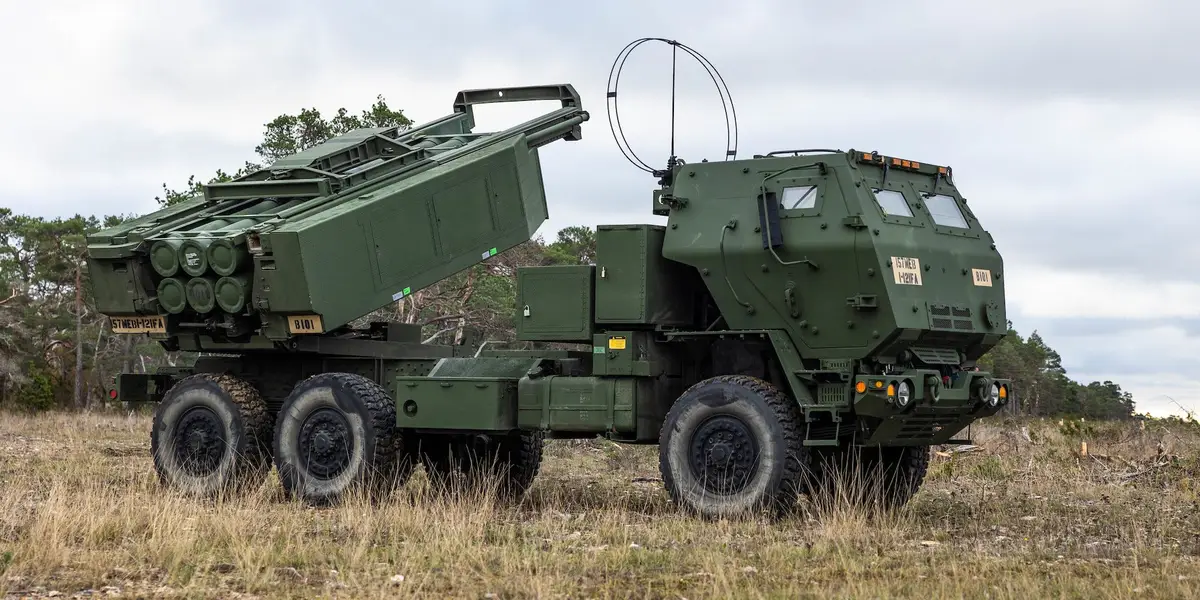Electronic Warfare: A New Dimension in the Ukraine Conflict
In the evolving landscape of the Ukraine conflict, a critical shift has emerged with the declining efficacy of the High Mobility Artillery Rocket Systems (HIMARS), a key component of the Ukrainian Armed Forces' arsenal. Recent reports indicate that intense Russian electronic jamming has significantly reduced the effectiveness of these

In the evolving landscape of the Ukraine conflict, a critical shift has emerged with the declining efficacy of the High Mobility Artillery Rocket Systems (HIMARS), a key component of the Ukrainian Armed Forces' arsenal. Recent reports indicate that intense Russian electronic jamming has significantly reduced the effectiveness of these advanced, US-made mobile rocket systems. This technological warfare has led to GPS-guided targeting systems being disrupted, causing a notable increase in missed targets.
Initially, HIMARS were hailed as game-changers in the conflict, offering Ukraine a significant advantage with their precision and range. However, the adaptability of Russian electronic warfare has posed new challenges. The jamming tactics employed by Russian forces have not only disrupted the functionality of these systems but also instigated a strategic game of technological one-upmanship. Pentagon sources describe this as a "cat-and-mouse" scenario, where countermeasures against jamming are continuously developed, only to be met with new Russian counteractions. The sustainability and long-term effectiveness of these countermeasures remain uncertain.
The urgency for a solution is amplified by Ukraine's preparation for a counteroffensive. As retired US Army Brigadier General Steve Anderson notes, repelling Russian forces is a markedly different challenge than actively driving them back. This distinction underscores the need for effective, unjammed weaponry.
Despite these setbacks, the Ukrainian Ministry of Defence has reported some resilience, stating that no HIMARS systems have been destroyed as of early May. This suggests a certain robustness in the face of electronic warfare, but also highlights the escalating nature of technological warfare in modern conflicts. The HIMARS case in Ukraine exemplifies how electronic warfare is not just a supplement to traditional combat, but a crucial, often decisive, aspect of military strategy in contemporary warfare. As the conflict continues, the effectiveness of counter-jamming technologies and strategies will likely play a pivotal role in determining the course of the war.




